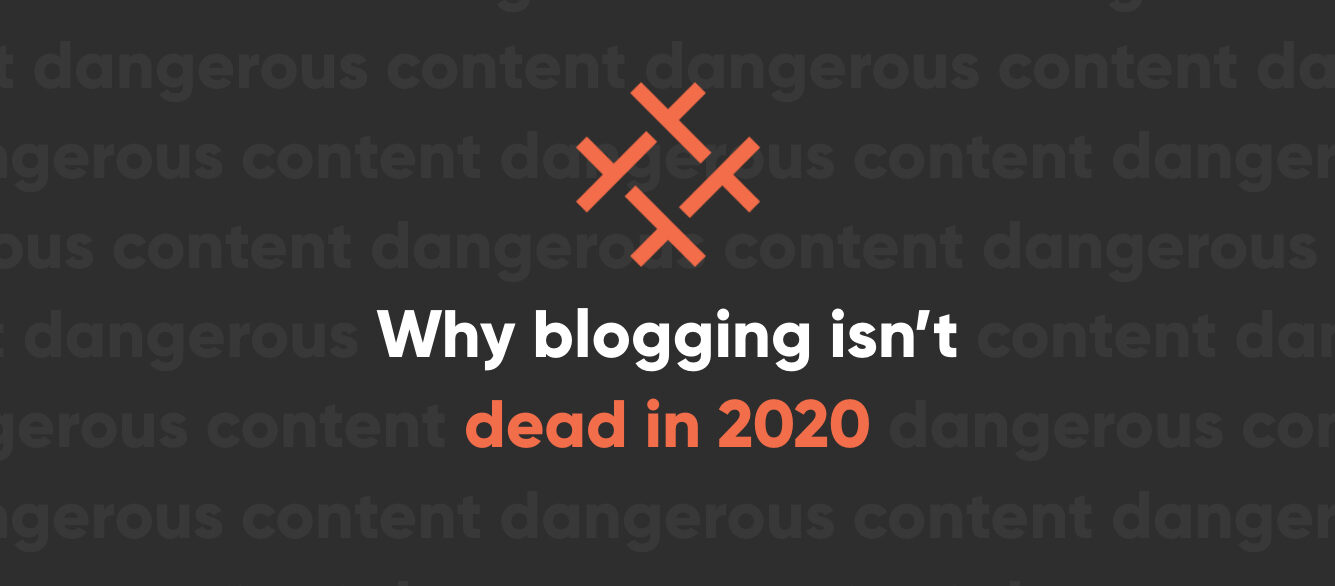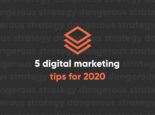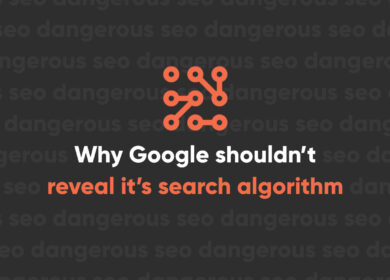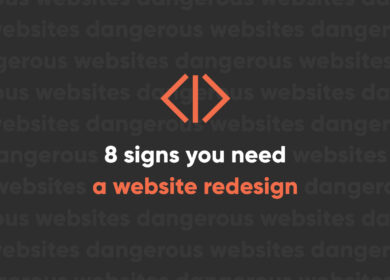
Blogging isn’t dead in 2020—it has merely reached adulthood

Like many beloved celebrities living comfortably in their golden years, it seems that every year that goes by we see more and more blogging death hoaxes. Are any of these rumors true? Of course not!
Okay, but is blogging the same as it once was? No, it’s better. Blogging has evolved— nay, grown—over the years to become the trendsetter of the internet it is today.
Should your business stop blogging? Is it too late to start? These are great questions that we will answer by the end of this (admittedly meta) blog.
Before we can talk about the present and future of blogs, however, let’s take a quick look back at some of blogging’s greatest milestones to see exactly how we got where we are.
Blogging’s infancy
The year was 1997. Titanic hit theaters, Pokémon took the U.S. by storm, and the term “weblog” was born. At the time, we blogs were relatively unknown in the internet community. In fact, it wasn’t until a year and a half later that the term was jokingly broken up into “we blog” and the popular nickname “blog” was coined. While admittedly not the greatest name for a newborn, it definitely stuck.
The "terrible twos" of blogging
The early 2000s saw blogging take its first major steps into internet relevance. Blogs were beginning to become a popular way of expressing ideas and creating a dialogue with one’s readers. This latter idea soon exploded with the introduction of comments. Like a toddler learning its first words, the internet was now buzzing with chatter, and there would be absolutely no way to get it to shush.
Coincidentally, 2002 was the same year that “Mommy Bloggers” became a thing, as Melinda Roberts founded TheMommyBlog.com. Her immense popularity prompted an absolute maelstrom of other parents to take up the keyboard and create blogs of their own.
Sibling rivalries
In 2005, the internet gave birth to YouTube. Blogging was no longer an only child, and its jealousy was palpable. YouTube was new and exciting and quickly began to demand lots of online attention. This spike in popularity soon led to video blogs—or vlogs for short—which many at the time were already hailing as the future of blogging.
To make matters worse, the following year saw the conception of the babies of the internet family, the fraternal twins Twitter and Tumblr. The duo’s overwhelming popularity and user-friendly interfaces quickly took the world by storm. The rise of micro-blogging was officially upon us.
Blogging through the teen years
In December of 2010, blogging celebrated its 13th birthday. Unbeknownst to many at the time, it was about to hit a dark time in its life. Like a teenager locking themselves in their bedroom, the next few years saw very little in terms of significant developments, and so the blogging industry stagnated a bit. That isn’t to say it lost online prominence, however. In fact, blogging was about to reach its height of popularity.
This was around the time when blogging for businesses began to really take off. In 2011, Google released the Panda update, the primary purpose of which was to weed out sites with low-quality content and rank them lower in search engine results pages. Now there was a real incentive for companies to continuously produce high-quality content for their websites that was both original and informative, as opposed to re-posting old articles and overusing tired keywords.
In 2014, at the age of 16, blogging finally got out of the house and landed its first job. This was the year that LinkedIn introduced its influencers program, which brought in affluent business figures from all over the internet to guest blog on their first-party publishing platform. Now a record number of writers were reporting that blogging was their primary source of income.
Fortunately, blogging would never get behind the wheel of its father’s Mercedes, and so the world breathed a collective sigh of relief.
Adulthood, and the maturity of blogging as we know it
So here we are—blogging is now a fully grown 23-year-old adult. If it were a person, it would be binge-watching ’90s cartoons and eating Eggo waffles for dinner—because it can. Fortunately for everyone, it’s not a human, and it has already learned from its past mistakes.
Today, blogging has grown into a mature, necessary part of the publishing ecosystem. Only the most committed and skilled bloggers have stuck it out, increasing the value and quality of their company’s websites and the blogosphere as a whole.
This is great news for both marketers and consumers. Advertising on blogs never really took off during the “teen years,” due to the generally amateur-level writing and more personal nature at the time. Now, blogs are seen more as “premium” content in the marketing world, and advertisers can no longer ignore their sizable audiences.
What does the future have in store for blogs?
Truth be told, nobody really knows. It would be a reasonable assertion to say blogs will continue to hone in on their unique place on the internet, that bloggers will continue to add polish to their craft, and traditional news outlets will become increasingly more wary of the competition.
Adding regular, informative content to your business’s website that your customers and clients actually want to consume will forever be a valuable way to positively impact your company—provided you do it the right way. This content may not always be in the form of blogs as we know it, but for the time being they don’t seem to be showing any signs of slowing down.
Who knows, perhaps one day blogs will finally settle down with the ideal, sophisticated ad content “partners” they deserve. That’s a nice thought, isn’t it?
It’s time to take your blog to the next level
If you came into this post believing traditional blogging was dead, then hopefully this little history lesson has shown you otherwise.
So, should your business stop blogging? No. Is it too late to start? Of course not! If writing regular, valuable blog posts for your company’s website sounds a bit too daunting, there’s no shame in turning to a content expert for help. All you have to do is choose the right digital marketing agency for you.
Perrill is a full-service web design and content marketing agency that specializes in producing great content that drives people to your site. And with over 20 years of experience under our belt, we know a thing or two about internet “adulthood.” Contact us today for proven content that converts.





